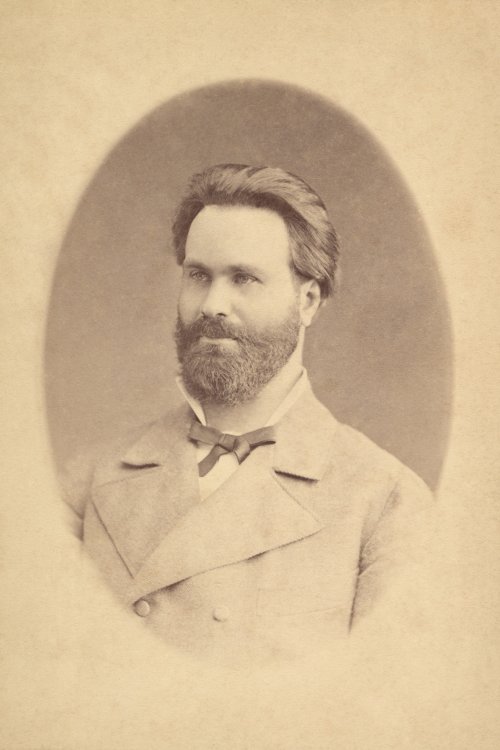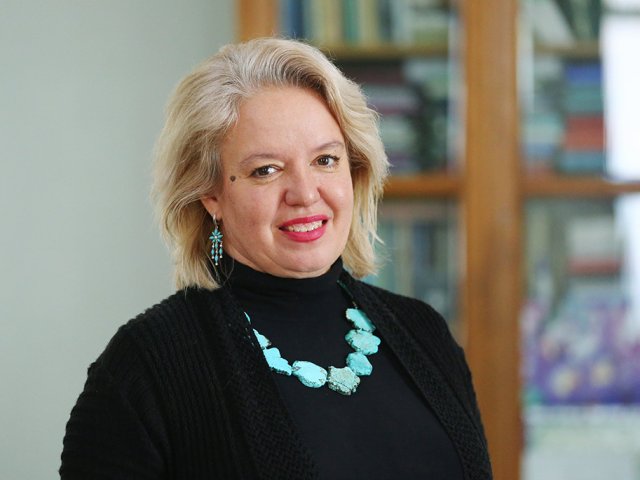Official:
Leonid Pavlovich Sabaneev. December 10 (22), 1844 – March 25 (April 6), 1898. Russian zoologist, naturalist, science popularizer. Fisherman, hunter. Dog specialist. Stallmeister of the Imperial Court.
Life and Work:
1. Once, says Vladimir Gilyarovsky, a swindler wanted to sell an outbred puppy to the professional dog owner passing it off as a hunting dog, but the attentive specialist noticed the deceit and unmasked the deceiver based on the dog’s tail. On this occasion, Leonid Sabaneev quirked referring to the swindler: “If you dare to sell a dog, mind its tail. Mind it, yellow dog!” No one being at least slightly familiar with popular zoology literature will be surprised at all: Leonid Pavlovich Sabaneev is a very famous biologist and science popularizer.
2. According to the Brockhaus and Efron Encyclopedic Dictionary, zoologist and hunting expert Leonid Sabaneev was born in Yaroslavl. Two scientists grew up in the family of engineer-colonel Pavel Nikolaevich Sabaneev: Leonid’s brother Aleksandr became a chemist, professor and dean of the Physics and Mathematics Faculty of Moscow University.
3. The landowner’s son became addicted to fishing and hunting in his parents’ estate Zavetnoe where he spent his childhood. He was taught by his father, while the home teacher used to create insect and herbarium collections, make stuffed animals with Leonid.
4. His free childhood in the estate near Yaroslavl turned into admission to the Yaroslavl-based cadet corps. However, Leonid disliked the military service and he was transferred to the Demidov Lyceum.
5. His interest in flora and fauna led Sabaneev to Moscow University, the Natural Department of the Physics and Mathematics Faculty.
6. Leonid Pavlovich had taken up science even before he graduated from the university: student Sabaneev was studying flora and fauna in his homeland in Yaroslavl province and then published the results.
7. Sabaneev’s articles were noticed: he was admitted to the Imperial Society of Naturalists and appointed head of an expedition to study the nature of the Urals. The fresh-baked boss had not even reached the age of 24.
8. By the age of 30, Sabaneev decided to publish the journal titled Priroda (Nature). He published sumptuous seventeen volumes using his own money and then united them with the Zhournal Okhoty (Journal of Hunting) that he was also editing, which resulted in the publication Priroda I Okhota (Nature and Hunting): a powerful source of knowledge about hunting and fishing in the Russian Empire and the national natural resources of Russia.
9. Sabaneev’s works comprise articles on ornithology and destruction of predatory animals, a reference book for rifle and dog hunters, but his main book was the two-volume Fishes of Russia. Life and catching of our freshwater fishes found in Russia.
10. By the end of his short life, Leonid Pavlovich published the first volume of the Gundogs from his planned multivolume work Dogs. Neither Russian nor West European popular science literature has anything of that kind.
11. When reading the wonderful books by Sabaneev, an attentive reader will learn a lot of interesting things not only about zoology but also about the history and everyday life of our country. Thus, one can read in the Fishes of Russia that there was practically no communication with the Far East at the end of the 19th century, and the residents of European Russia did not know the current version of red caviar. Therefore, if you come across the name “red caviar” somewhere, please know that this is the cheapest bream caviar that cost five kopecks per pound. The cost of a fresh pike perch was forty kopecks per pound at that time.
12. When describing winter wolf hunting equipment and techniques, Sabaneev recommended using light-colored clothing and added that many hunters would go even further: they would put on white overalls over their clothes, smear their gun with white paint and even make a special small white cover... what for, in your opinion? For their beard, strange as it may seem.
13. Leonid Pavlovich Sabaneev’s statement saying that the growth in the number of wolves in Russia always coincided with the years of national disasters is completely confirmed with the current statistics.
14. A strong man of athletic build, Sabaneev used to wear just an unbuttoned thick woolen coat in the winter. However, the pneumonia that he once contracted turned into phthisis. The treatment in Crimea did not help, and Sabaneev was buried in Yalta. His tombstone was used to create the retaining wall of the park laid out during the Soviet times at the place of a cemetery.
15. Leonid Pavlovich’s sons were not interested in science – they were fond of arts: Boris became a professor of the organ at Moscow Conservatory, Leonid – a composer.






















